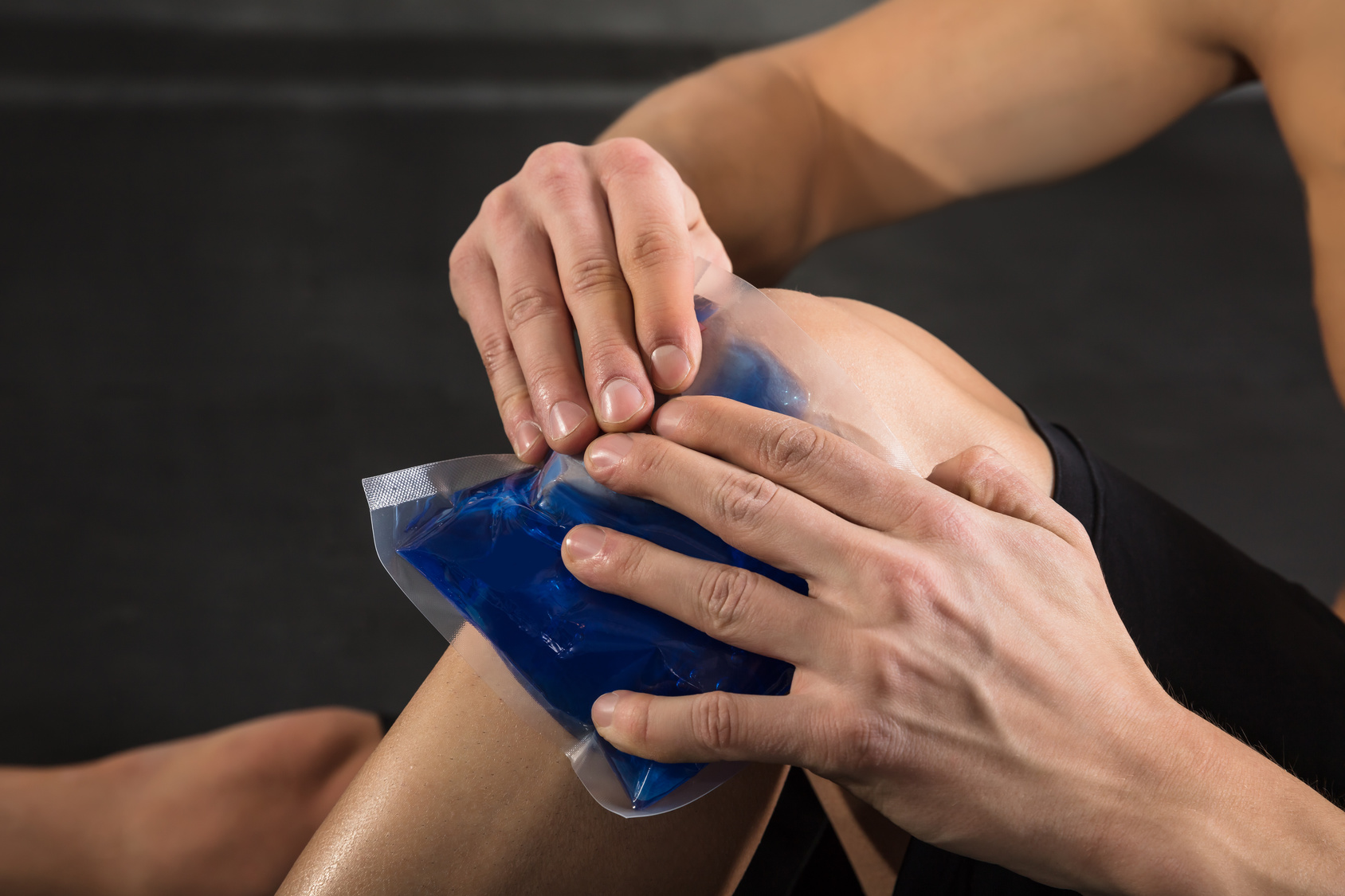Originally posted by the Alberta College and Association of Chiropractors
Heat vs. Ice … It may sound like the title of an upcoming blockbuster movie, but it’s a question most active people have mulled over during their life after they’ve sustained an injury. Like most dilemmas, there isn’t really an easy answer to this question. Whether to treat an injury with a hot pad or an ice pack depends largely on the situation.
Ice
How cooling an injury works
Applying ice or a cold pack works by reducing blood flow and pain sensation to a particular area. Cooling an injured area, especially a tendon or joint, can reduce inflammation and swelling that causes pain.
When is it best to apply ice to my injury?
Ice is meant to calm down damaged surface tissues that are inflamed, red, hot and swollen. Think of icing as a way to simply dull the pain, and reduce inflammation, nothing more or nothing less. Ice therapy is most beneficial in the first 24-72 hours of sustaining an injury.
After you’ve sustained your injury, you should aim to apply ice to the inflamed area as soon as possible.
Use cold therapy for short periods of time, several times a day.
It’s important not to treat an area with ice for too long. Ten to fifteen minutes is fine, but no more than 20 minutes of cold therapy should be used at a time.
Also, don’t cool an area to the point where you are shivering. If you are already shivering, you should discontinue applying ice until you warm up. The brain interprets an excess of cold as a threat and when the brain thinks there’s something wrong going on it may actually amp up your area of pain as a defense mechanism.
How to apply cooling therapy
Before you apply ice or a cooling pack to the injured area, always make sure there is some sort of barrier between the ice and your skin. Whether it be a Ziploc bag or a washcloth, it’s imperative that the barrier exists. Applying ice directly on the skin can cause damage to the skin and tissues.
Heat
How Applying Heat to an Injury Works
Heat therapy works by improving circulation and blood flow to a particular area. Heating an affected area can soothe discomfort, increase muscle flexibility and help heal damaged tissue.
When is it best to apply heat to my injury?
Heat therapy is most effective for sore muscles, chronic pain and repetitive stress injuries. A comfortable, not scalding, heat can take the edge off symptoms like muscle aching and stiffness. Heat can be most beneficial 36-72 hours after the injury is sustained.
How to apply heat therapy
When applying heat therapy to a small, afflicted area you could use small heated gel packs or a hot water bottle.
There are certain cases where heat therapy should not be used. If the area is bruised or swollen, it may be better to use an ice pack. Heat therapy also shouldn’t be applied to an area with an open wound.
Heat therapy, unlike cold therapy, is most beneficial when used for long periods of time.
Minor stiffness can benefit with only 15 to 20 minutes of heat therapy. Moderate to severe pain can benefit from longer sessions of heat therapy lasting between 30 minutes and two hours.
When to see a chiropractor
Whether you go the ice or heat route, both treatments are meant only to mask the discomfort of your injury. If your pain hasn’t subsided after a few days of either heat or cold treatment seek advice from a chiropractor.
Doctors of Chiropractic are highly educated and specially trained musculoskeletal experts. If you experience stiffness or pain related to sport or active living, consult your chiropractor. If you don’t have a chiropractor, visit here to find one near you.
For more blogs and information like this, follow us on Twitter or like us on Facebook.

